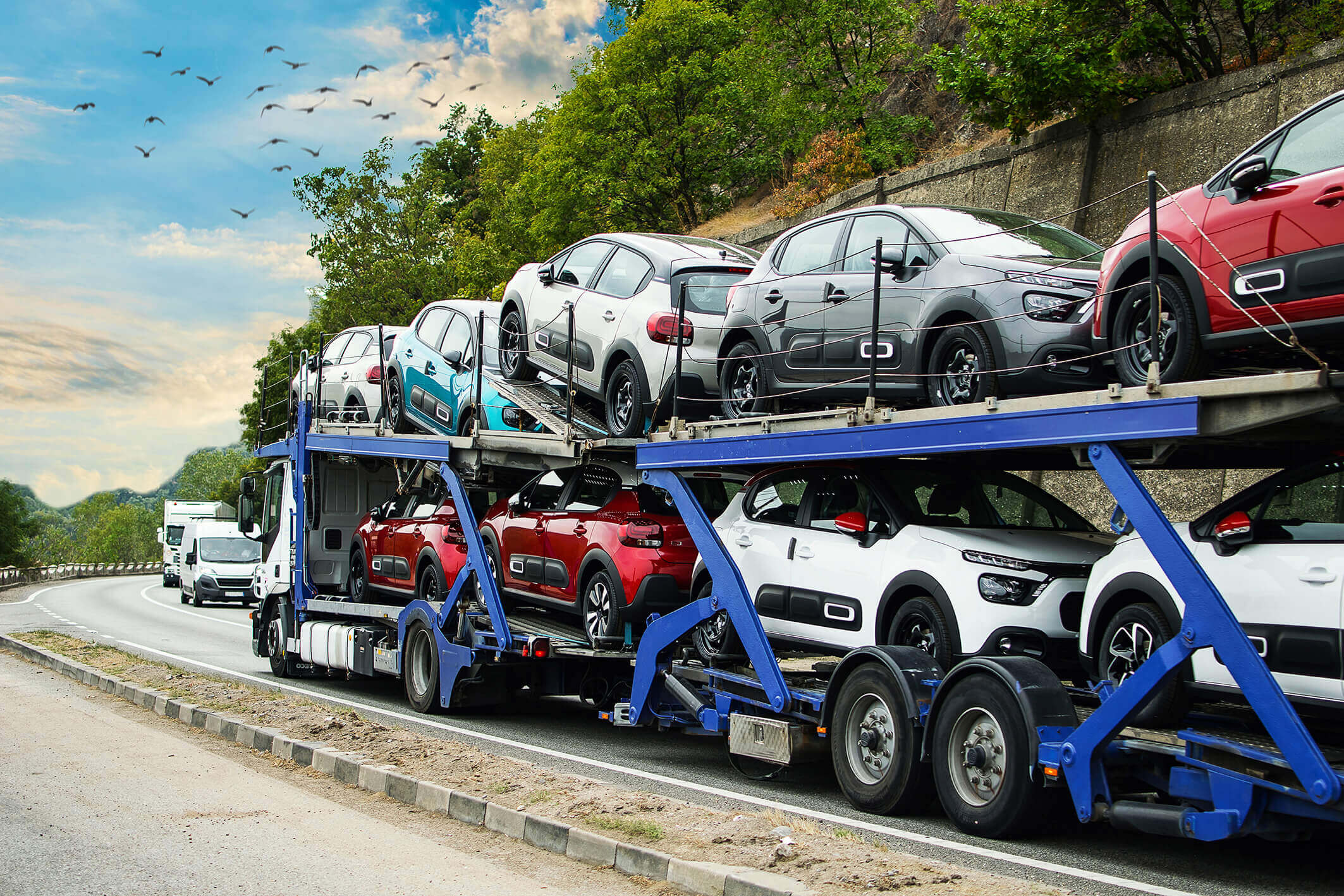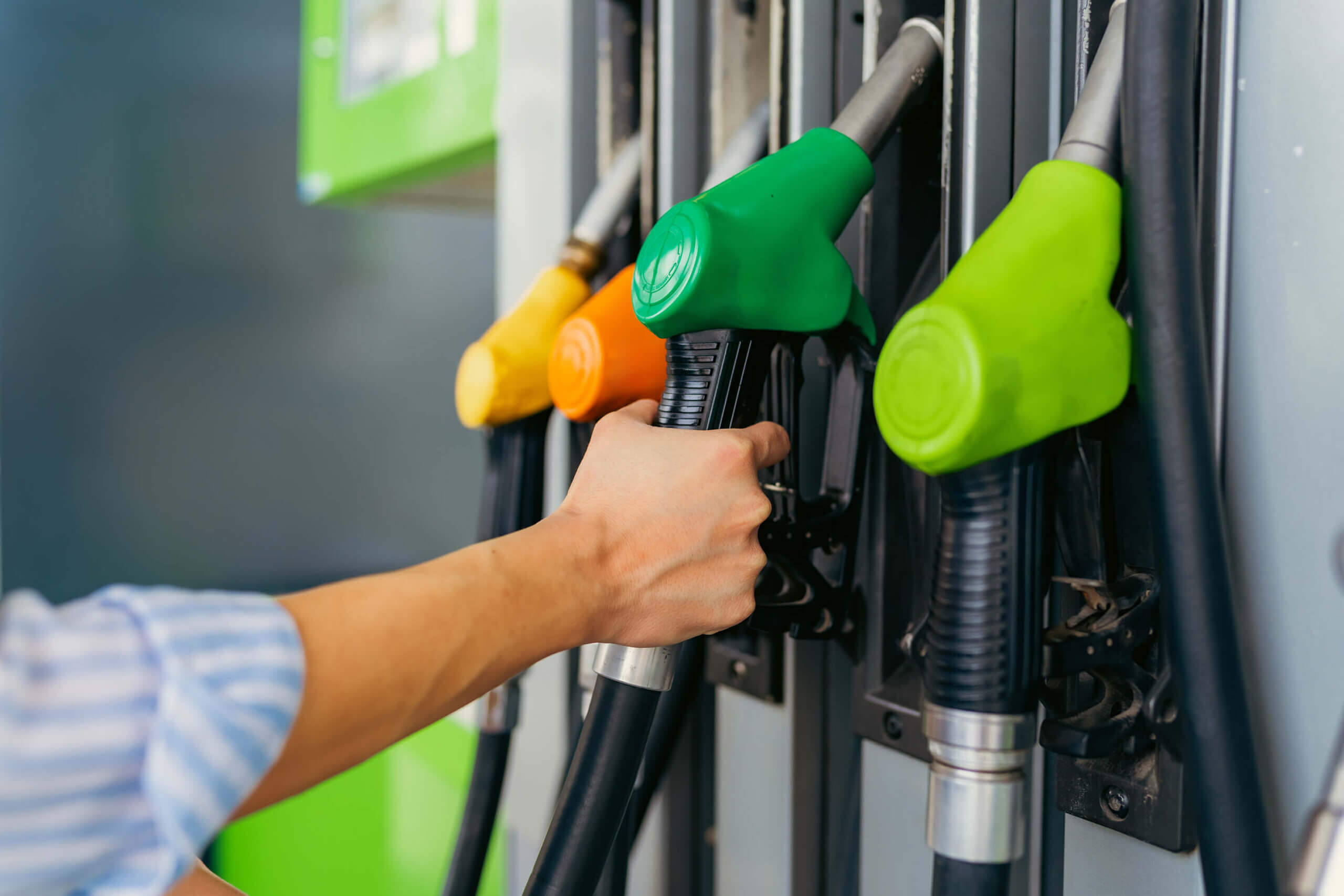A snapshot of what's going on in our used car market today
New Zealand’s used car market is on the move. With rising living costs and growing environmental awareness, more Kiwis are choosing to purchase pre-owned vehicles than buying new. From compact hybrids to family friendly SUVs, the demand for fuel-efficient cars is reshaping the way people buy, sell, and drive. Meanwhile government policies and import trends continue to influence what’s available at local dealerships.
We’ve put together a snapshot of what is going on and why.
Key stats and trends

- Used import numbers are up and down – In May 2025 8,517 used passenger vehicles were imported, 73.4% higher than in April 2025. However, the year-to-date total is still 20 – 30% lower than in the same period in 2024. (Autofile)
- Used imports are mostly sourced from Japan at approximately 97 – 98%. Australia, US, Singapore and the UK contribute only small fractions. (Autofile)
- The new vehicles market is mixed – New car registrations have seen growth in some months and declines in others. SUVs and hybrids remain in strong demand. Fully electric EVs are facing declining import values and decreasing numbers. (transporttalk.co.nz)
- Regulatory and policy changes – Removal of some subsidies and incentives such as the Clean Car Discount have cooled demand. (Autotalk)
There are several forces shaping the market

- Supply constraints and import volatility – Fluctuations in import numbers, exchange rates and shipping all effect how many good quality used vehicles, especially from Japan, are available.
- Fuel costs and efficiency – With rising petrol and diesel prices and increased awareness of running costs, hybrids are becoming more attractive. At the same time, fully electric models are less common in the used import space, due to availability, import prices and regulations.
- Economic pressure – While interest rates are slowly coming down, inflation and car maintenance costs are rising. This puts a squeeze on consumers wallets, making second-hand cars a more viable choice than new ones.
- Regulation and policy shifts – The end of subsidies, changes in import rules and emission standards all play a part in how attractive used imports are for both dealers and consumers.
- Changes in buyer preference – SUVs utes, and hybrids are becoming a more popular choice for Kiwi buyers.
Key takeaways for buyers

- Do your homework – Compare fuel, economy, reliability, and maintenance costs across different models. Use trusted resources like CARJAM to check a vehicle’s history, ownership records, and any money owing.
- Consider hybrids – If you’re looking for better fuel efficiency without the higher upfront costs of a fully electric vehicle, hybrids offer a good middle ground.
- Think beyond the purchase price – Total ownership cost includes fuel, insurance, servicing, repairs, and registration. Budgeting for these will help avoid surprises down the road.
- Inspect before you invest – If buying privately always get a pre-purchase inspection from a qualified mechanic to ensure the vehicle is in good condition.
- Stay informed on regulations – Changes in government policy, like the removal of subsidies, can affect vehicle pricing and availability. Keep an eye on updates that may impact your options.
In conclusion

The used car market in New Zealand is undergoing a significant transition in 2025. Following a period of high demand and limited supply during the pandemic, inflationary pressures are showing signs of easing. Demand remains strong, particularly for well-priced, fuel-efficient, and reliable vehicles. Key market dynamics are being shaped by rising fuel costs, shifting consumer preferences, evolving government regulations, and fluctuations in used vehicle imports.
If you're thinking about buying a vehicle and need finance, talk to the experts
Oxford’s team of experienced lenders are available to assist and answer any questions you have about applying for a loan. Get in touch with us on 0800 951 015 or apply online today.